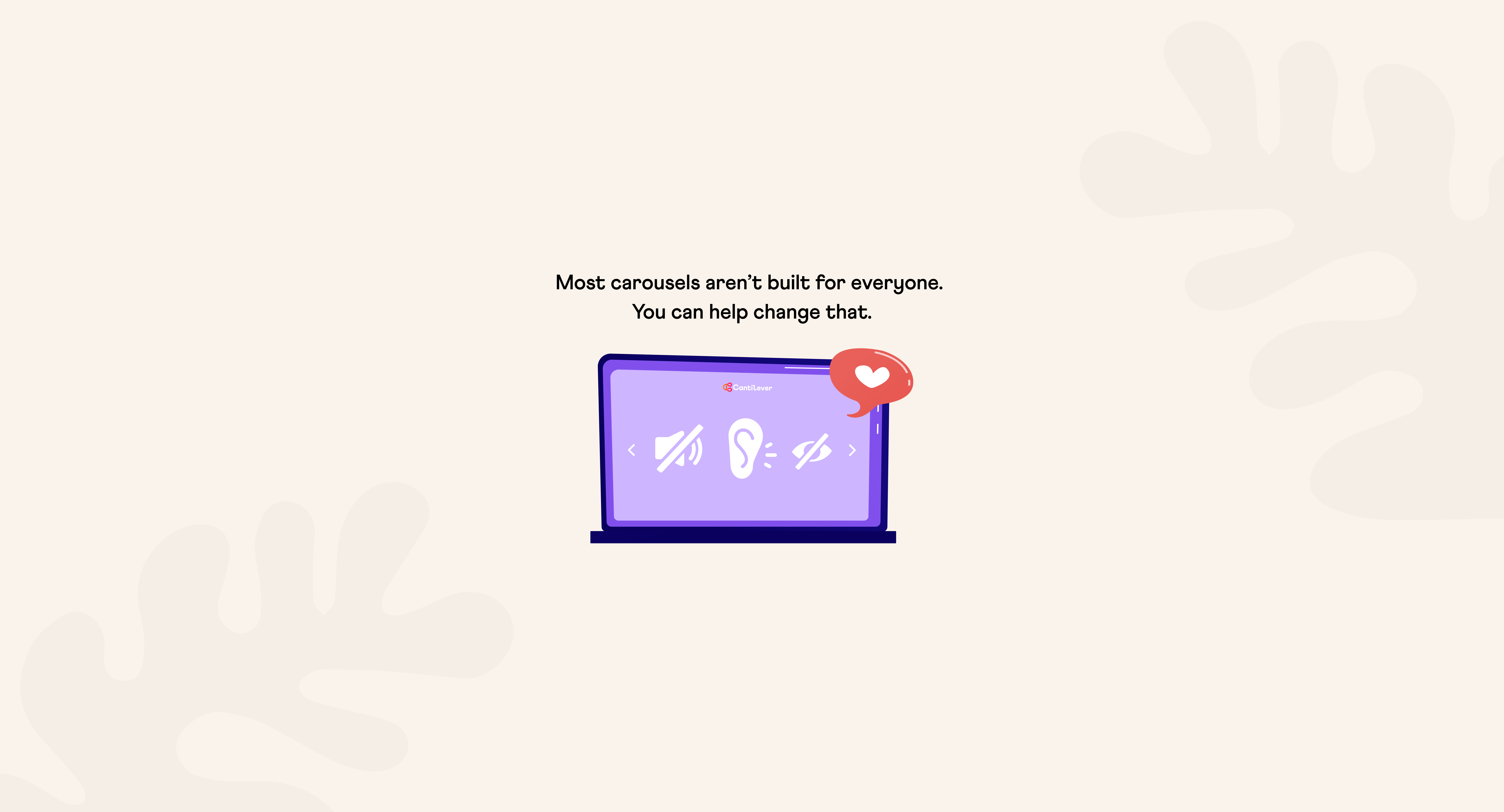What’s Your Company’s “Cutie Mark”?
Branding through the lens of My Little Pony


Do I like My Little Pony: Friendship is Magic? Yes.
Is this due to Stockholm syndrome because my two young kids have completely hijacked the television? Also yes.
Do I inevitably relate every banal experience back to my life purpose of connecting business with creativity? You’re about to find out!
MLP: FIM tells the story of a group of ponies (and their non-pony friends) trying to navigate a complex and changing world. The characters are fun, quirky, and surprisingly layered. They experience all the challenges and milestones that any kid does: Creating relationships, learning to work as a team, building personal responsibility, and learning to cooperate with others who see the world differently. Above all, they learn how to meaningfully fit into the world around them while discovering their own unique identity. In the show, this process of discovery is summarized by a single adolescent epiphany: the discovery of one’s cutie mark.

The cutie mark is a decorative patch on a pony’s left flank that proudly announces what that pony is all about. Every pony has one. Apple Jack (above) comes from a generations-old farmer family, and her cutie mark (a set of apples) confirms her life mission. Rainbow Dash has a lightning bolt, symbolizing her athletic prowess. Pinkie Pie’s three balloons appeared after she introduced her family to the idea of fun.
But a pony isn’t simply born with their cutie mark. It only arrives after years of growth and personal development. For some, the symbol is predictable. For others, it is a surprise — one which eventually proves correct. Every pony finds theirs at a different pace. Of course, no pony wants to be last. But often the painful delay causes the very experiences that pony needed in order to be ready.

Back in real life…
Brands find their identity in a similar fashion. Most firms start because of a problem that needs solving. But this earnest starting phase is a kind of childhood.
It’s only after years of iteration and development that companies figure out what they’re really about.
IBM sold punch card machines and typewriters for decades. Amazon originally set out to be the world’s largest bookstore. I’ve heard that Virgin used to sell records, whatever those are.
In Delivering Happiness, Zappos CEO Tony Hsieh describes the firm’s trajectory from being a software-driven drop-shipping operation to being a super-retailer driven by customer happiness. The Zappos brand promise was:
- 1999 — Largest selection of shoes
- 2003 — Customer Service
- 2005 — Culture and core values as our platform
- 2007 — Personal Emotional Connection
- 2009 — Delivering Happiness
In 1999, Zappos would have guessed their cutie mark was shoes. Over time, they discovered that their real soul is more than just soles. Zappos’s cutie mark is a smiling customer receiving a stack of packages.
When we work on a website or brand project at Cantilever, our first job is to identify the client’s cutie mark. Sometimes it’s already clear, like in our work for the Bipartisan Policy Center, whose cutie mark is probably an elephant and donkey shaking hands (or feet?). Other times, we come in at the beginning of a brand’s life and help reveal its character, as is what happened when we collaborated with ReportAll. (We are pretty sure theirs is a friendly robot serving data with a smile).
Your brand’s essence should shine through in obvious and subtle ways. Your logo and visual identity, of course, must align with what you are all about. But so should your copy, your window displays, your menu, your invoices, your signage… You get the picture. Whatever your business provides, it must be coherent with your company’s underlying purpose.
Your cutie mark — the essence of your brand — is not the same as your logo. It’s the reason your logo makes sense.
People have them, too. Think of your life. What do you do uniquely well? In what ways do you have an unfair advantage? What do you find easy that other people find difficult? In a room full of your peers, on what axis do you stand out? What would the world be missing if you had never been born?
The real world is significantly more complex than Equestria. Brands and people can (and often do) have more than one purpose, and that purpose is malleable. But if you never investigate your cutie mark, you’ll find yourself at the whim of your circumstances — with your life happening to you rather than you happening to it. If you take the time to self-reflect, the discovery of your purpose can become a beacon guiding your practical choices every day.
When I meet people for the first time, I like to find out what makes them special and different. Most people don’t actually know, and they shy away from the question. The obvious facts of their lives don’t provide the full picture, and the lack of clarity leaves them frustrated. But they might just not have waited long enough. Bill Gates built a great company, but it turns out his purpose was to improve the lives of billions through the Gates Foundation, all along.
As a self-taught designer and developer, I used to think my purpose was creating great technology. But as I have built Cantilever, I realized my purpose is broader. My purpose, as I understand it today, is to connect business and creativity. While I’m not the best at either discipline, I’ve found that my edge lies in finding harmony between the two. What does that cutie mark look like? I’m open to ideas.
Make your website work for you
Get top dev and accessibility tips delivered directly to your inbox for a more impactful online presence.


.png)



